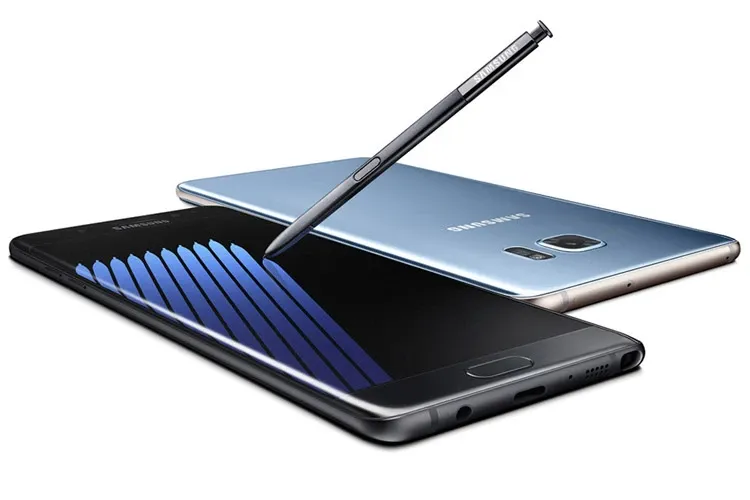In a presentation and news conference that lasted more than two hours, Samsung detailed the results of its investigation into Note 7 smartphones that overheated and burst into flames last year, according to Bloomberg. There were few surprises. While the company cited flaws in battery manufacturing and design for the fiasco, it took full legal responsibility and vowed never to let it happen again.
The crisis was a public relations fiasco for South Korea’s biggest company. Reports of people injured by exploding Note 7 phones raced around the web, and nervous airlines banned the gadget, and sometimes all Samsung devices, from their planes. The total cost of the recall was estimated to be more than $6 billion.
Most consumers have moved on, and Samsung is now engulfed in another crisis involving bribery, presidential influence-peddling and the heir of the conglomerate. The presentation is its final push to assure the public and investors that it acted responsibly, and put a lid on the episode. “It was the battery, not the device itself, design of the phone or software, so the lingering doubt over Samsung’s other smartphones will be largely removed,“ said Greg Roh, an analyst at HMC Investment Securities.
The battery in the initial batch of Note 7 phones was manufactured by an affiliate, Samsung SDI. Replacements made after a recall, which came from Amperex, a unit of TDK, were also faulty amid a quick ramp-up in production. After stumbling a second time, Samsung decided to end production and scrap the phone altogether. Electrodes at a specific location within the first batteries came in touch with each other, causing a short circuit that in turn caused overheating and fires, D.J. Koh, head of Samsung’s mobile business, said at the news conference. The defects happened both during the design and manufacturing phase, he said.
For the second batch of batteries, a defect in another part of the unit triggered similar results. Samsung’s own investigation was backed up by UL, Exponent and TÃœV Rheinland, outside organizations hired to determine the cause of the faulty units. In total about 200,000 phones and 30,000 separate batteries were examined in an investigation that included 700 people. “We provided the target for the battery specifications for the innovative Note 7, and we are taking responsibility for our failure to ultimately identify and verify the issues arising out of battery design and manufacturing,“ Koh said. “We have taken several corrective actions to make sure this never happens again.“
With Samsung taking full legal responsibility for the recall, it isn’t likely that Samsung SDI and TDK will bear the total cost of the recall. Samsung SDI said in a statement that it has invested about $129 million in safety and that its batteries will probably be used in Samsungs’ next smartphone model. A representative for TDK didn’t immediately have a comment on the results of the investigation.



















